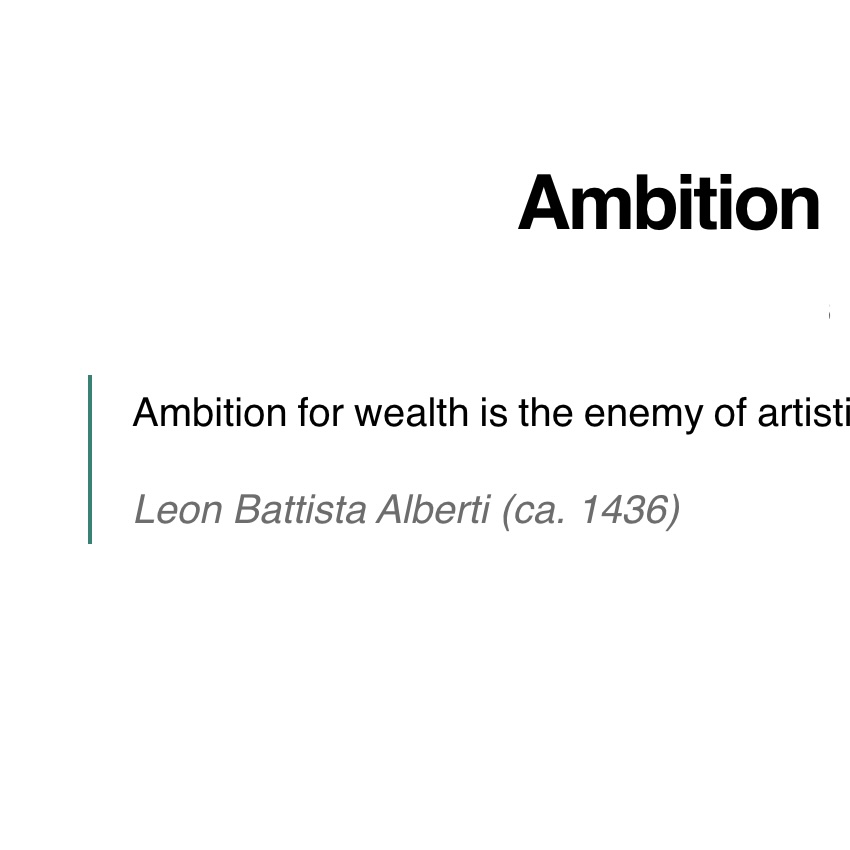Art is about the maker. Its aim: to be an expression of who we are. This makes competition absurd.
R. Rubin, The Creative Act
Author: Darin
-
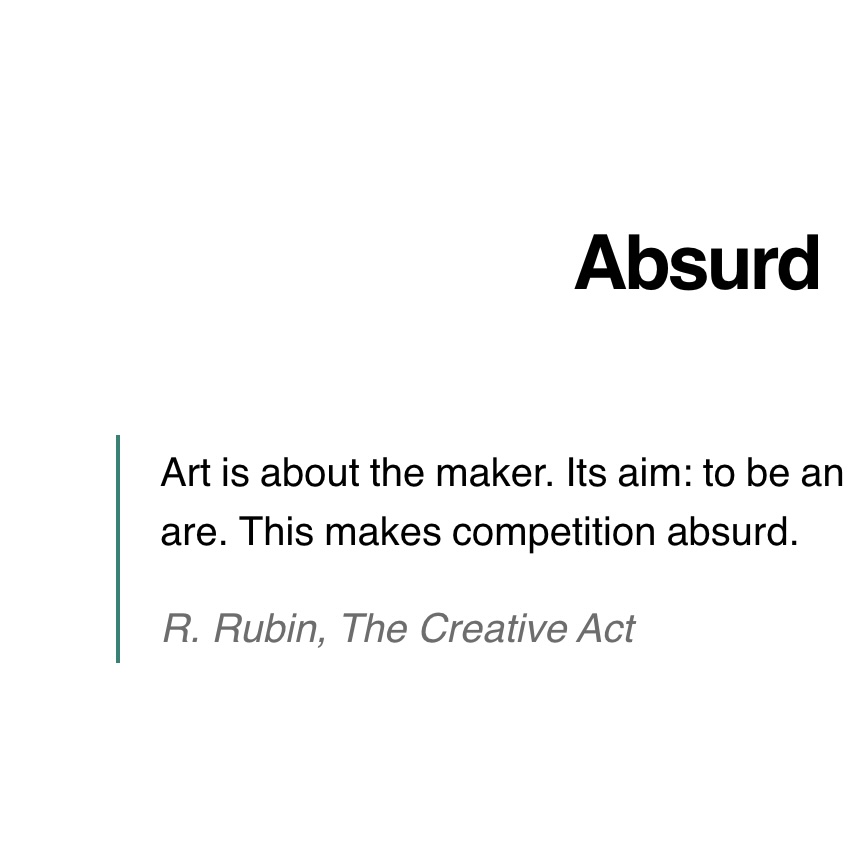
Absurd
-

Connections
The NY Times publishes a puzzle, “Connections,” that presents you with a grid of 16 words and challenges you to find groups of four that share something. In a recent puzzle, for example, “charcoal, ink, paint, pastel” form the group “Art mediums.”
Perhaps I can think of photography in a similar way. Set out to make small collections, groups of three or four photographs. Each group coheres around a particular idea. That something will be totally arbitrary, idiosyncratic to my sense of grouping. “Activities that start with ‘S’,” for example, or “Things people do in a city,” or “Random group of four photos that I can group together in some trivial way,” or “Green.” Maybe such a game can guide me as I make photographs.
I could also look back at pictures I’ve made and see if they fall into groups. Let’s try. In this little game of “Connections,” can you make two groups of three photos? What links those three photos?
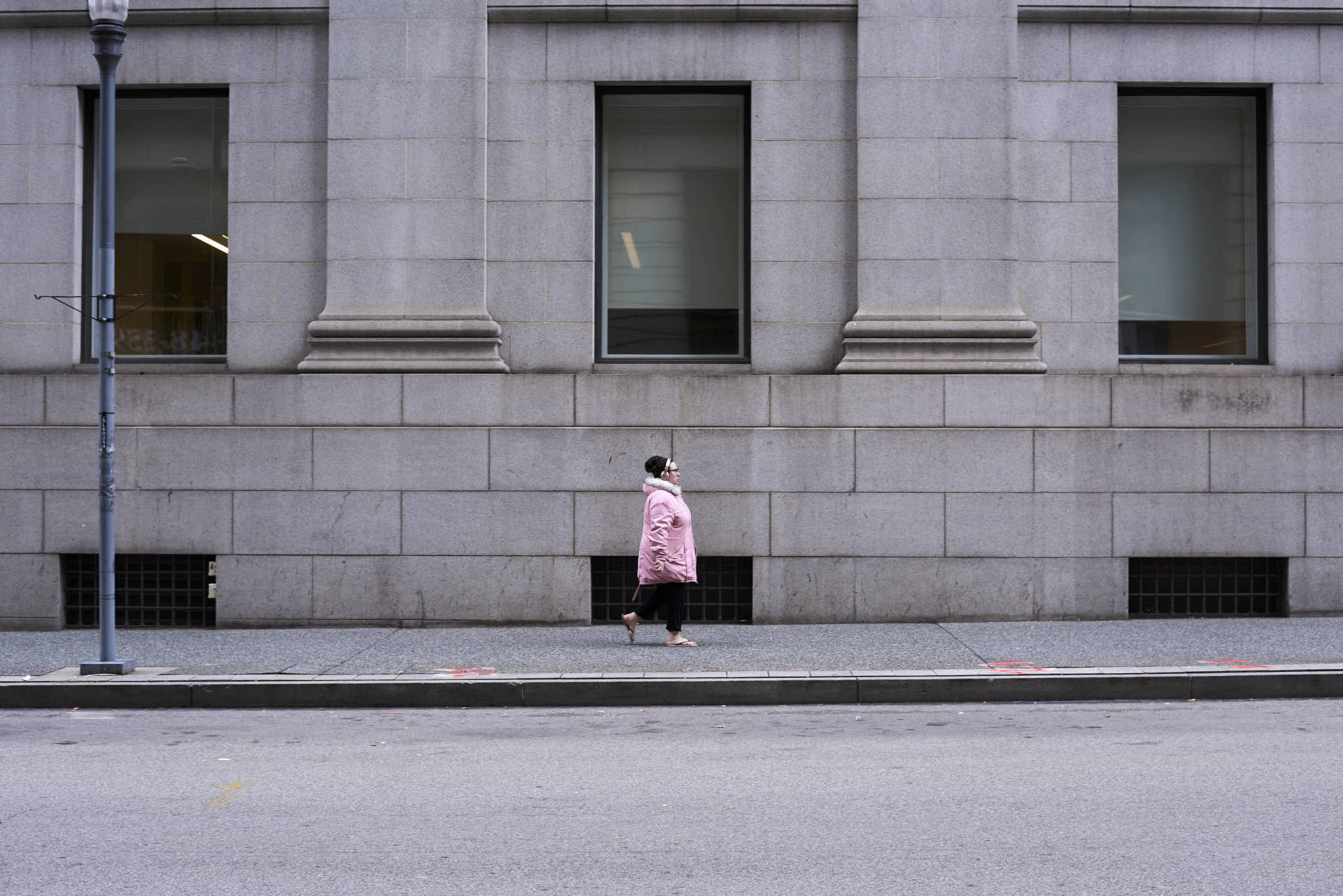
Urban #231015. 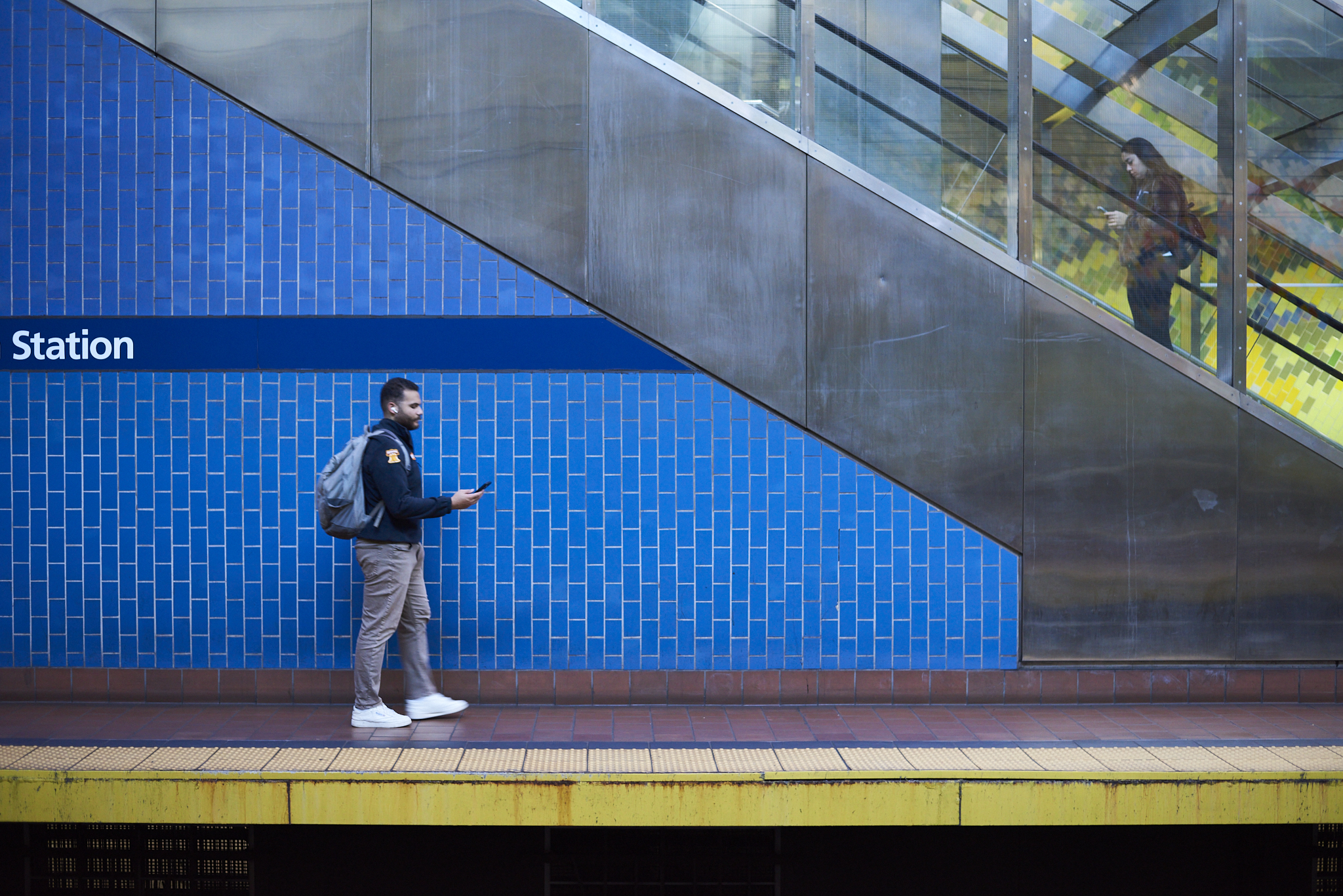
Urban #231013.6. 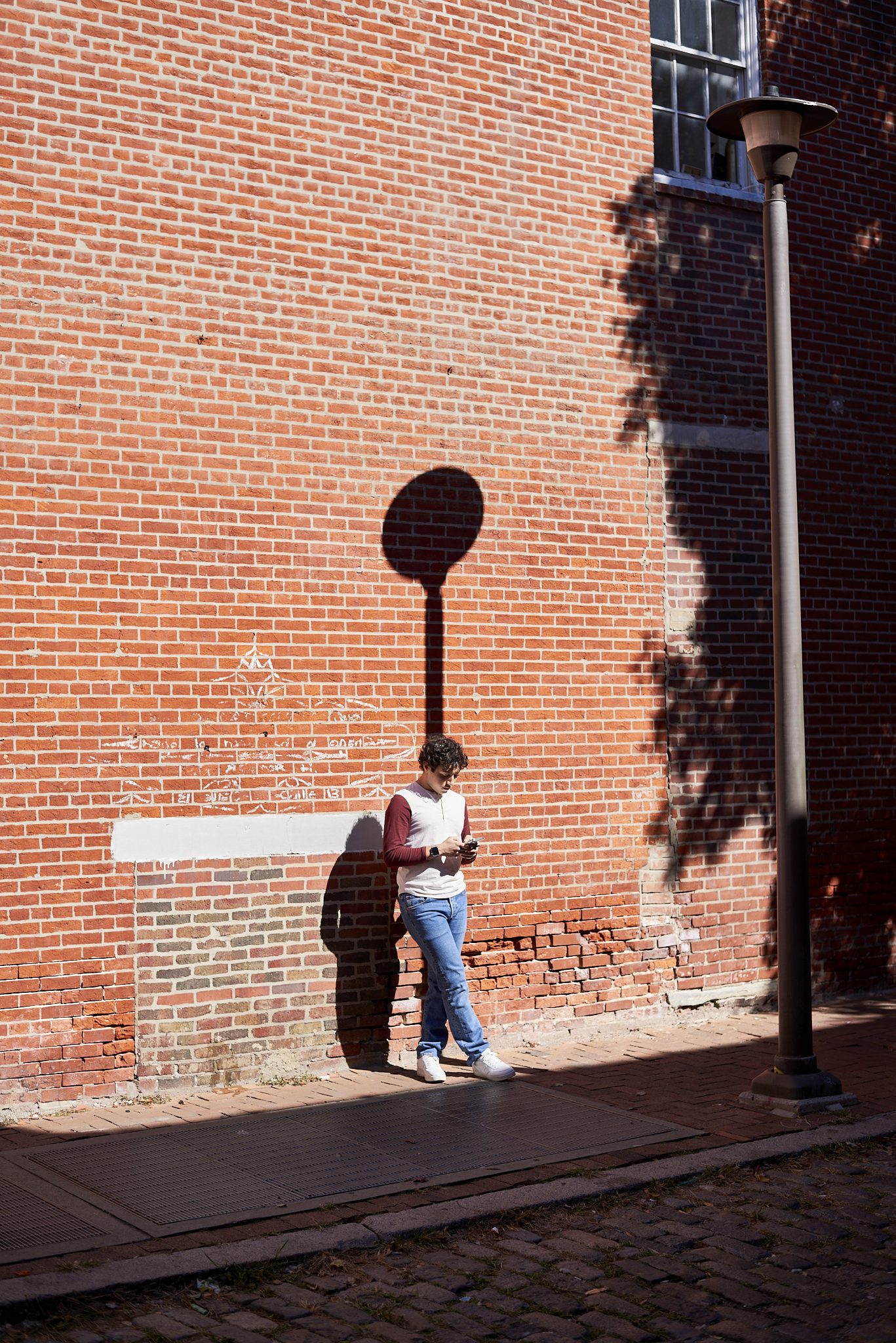
Urban #231013.8. 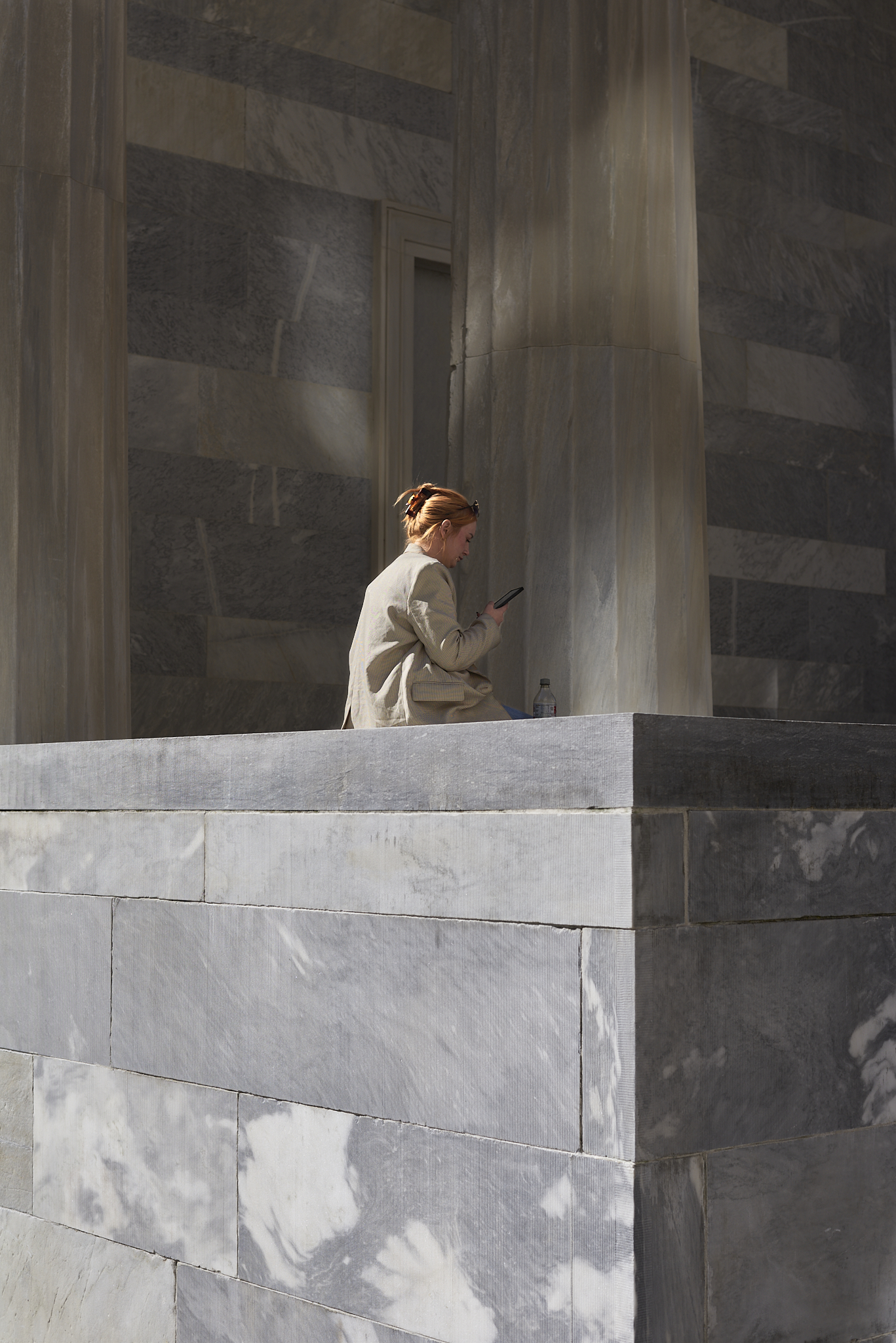
Urban #231013.4. 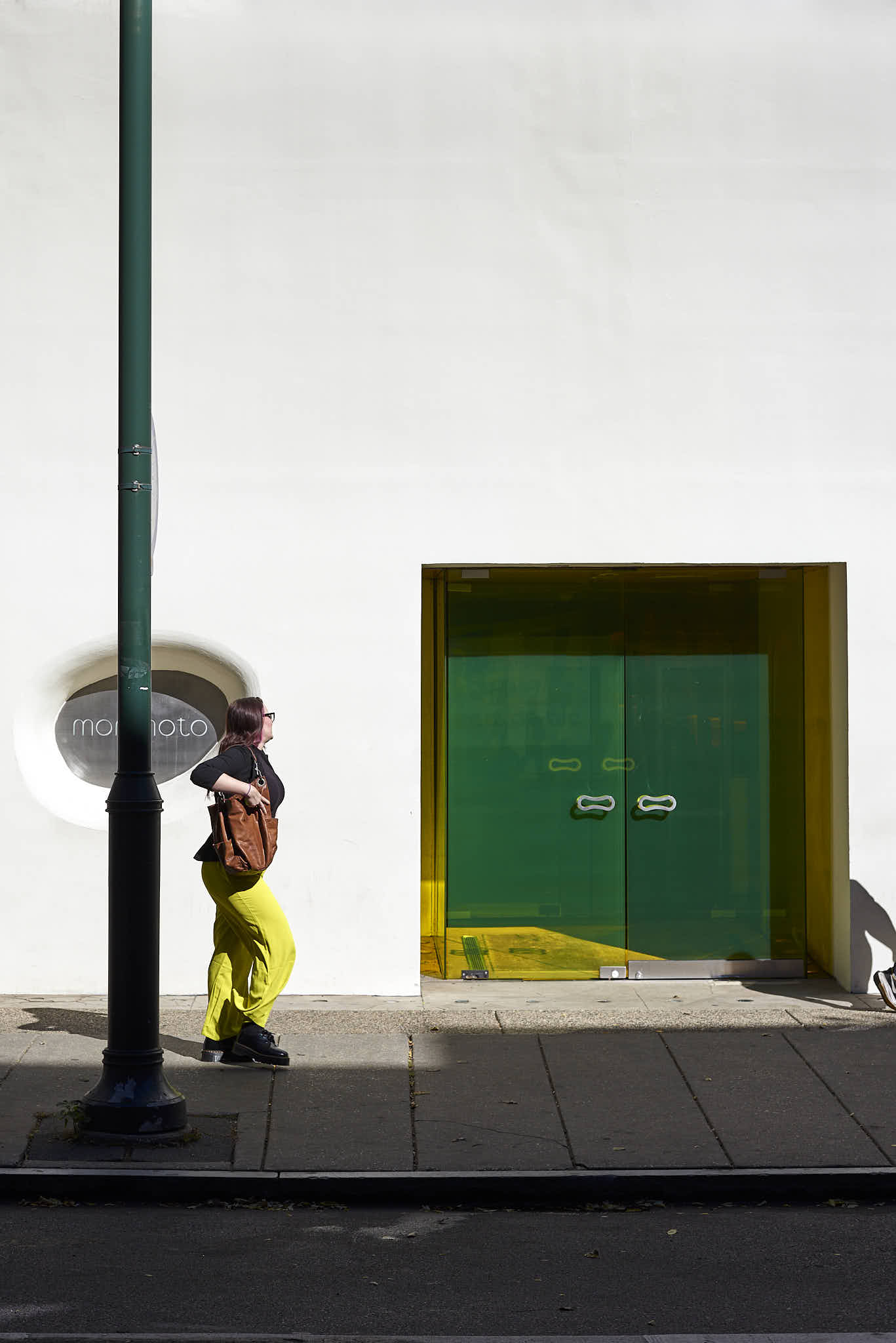
Urban #231013.3. 
Urban #231013.2 -

For no public
I do not write for the public.
G.M. HopkinsI don’t quite know how Hopkins meant this comment. His poetry suggests, to me, that he meant he didn’t write popular verse. He wrote for an audience of one or maybe for no audience. He wrote what he needed to write and didn’t give any thought to how people might read it.
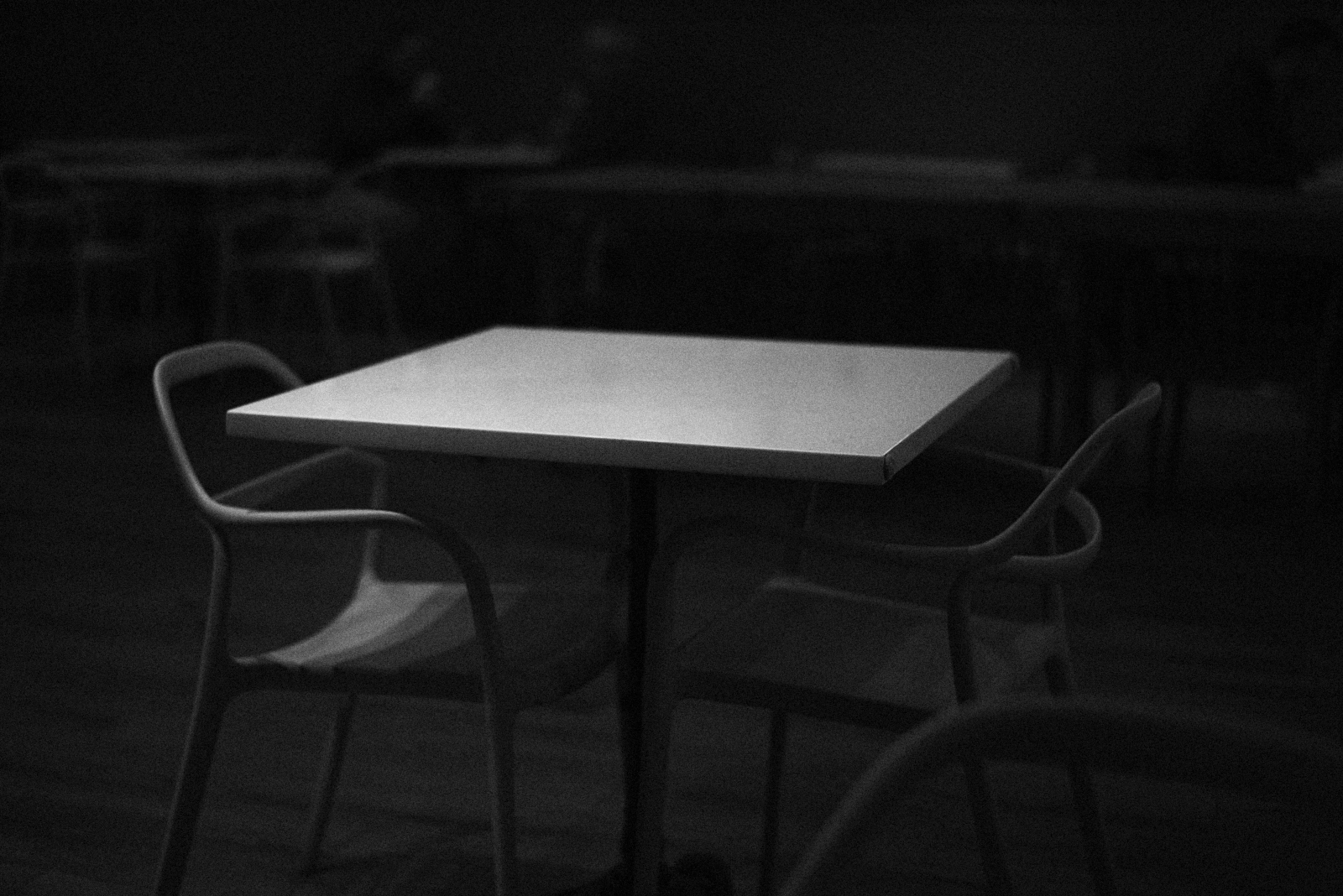
Urban #231223. Hopkins’ comment pairs well, I think, with a poster I saw the other day:
it’s not always about what you make, but the fact that you are creating.
Simone Salib StudioToday’s economy of exposure demands that we create in the hopes of gaining validation from some imagined audience of potentially thousands. Succumbing to that demand prevents us from making the things we want to see and risks constraining our collective creativity.
Repeat as needed: Be comfortable enough with yourself to create what you need to create. That’s what matters.
-
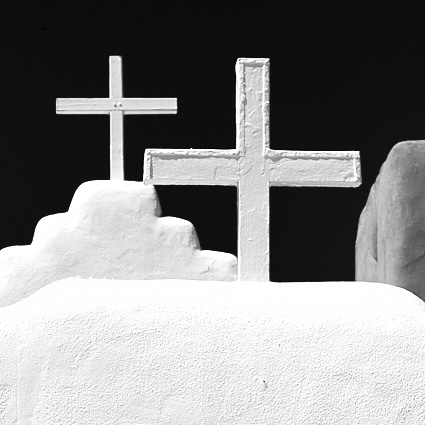
The Sadness of Craft Fairs
A certain kind of sadness permeates craft fairs and art shows. Tables and booths filled with the creative efforts of some person, who is often left standing or sitting alone amongst all these works. Maybe some passerby will be interested enough to stop and look, or even buy a piece. The excitement creators bring to the process of making transforms into resignation.
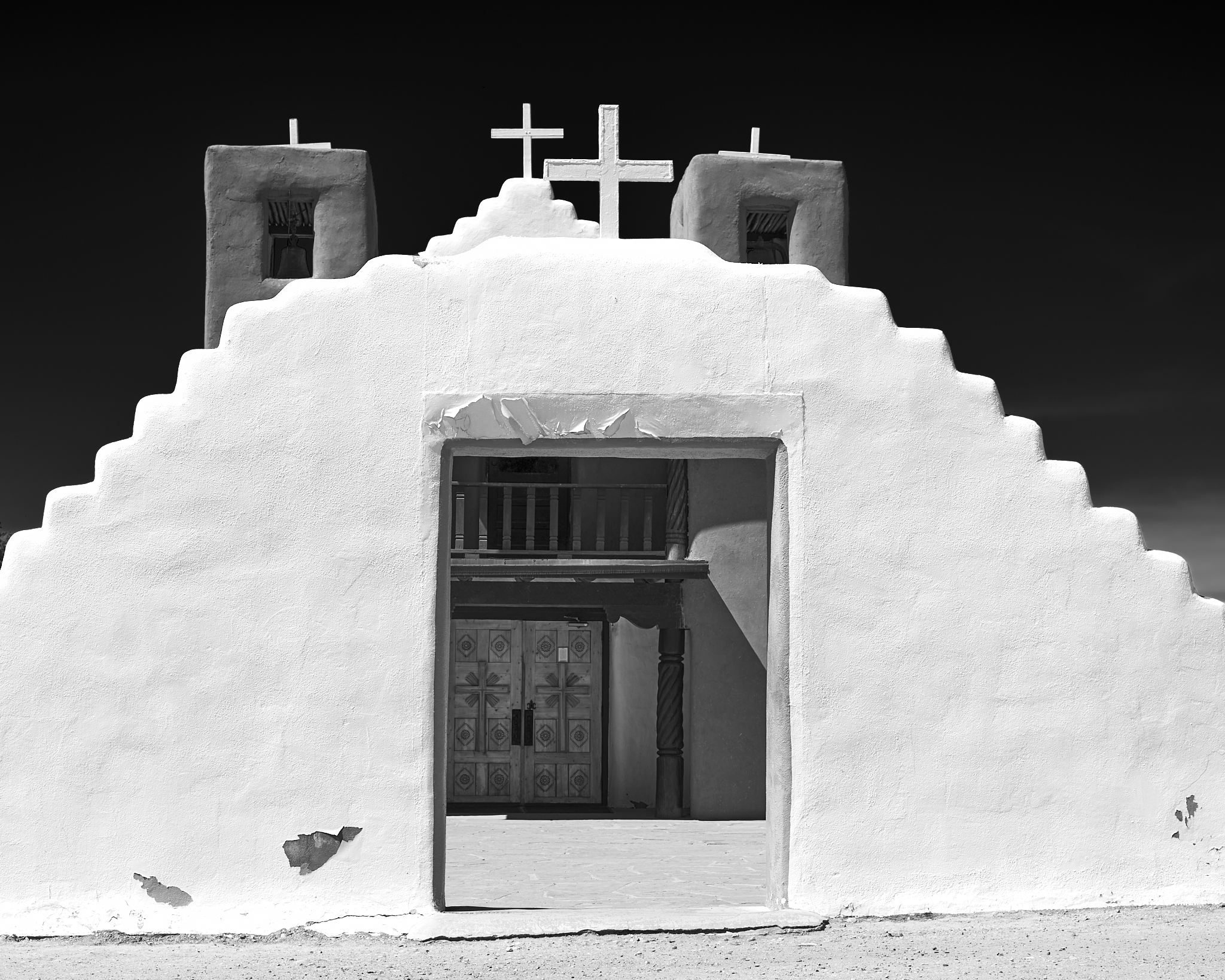
Urban #230820. There is a tension between expressing our creativity by bringing something we have imagined into the world, on the one hand, and commodifying that creativity, on the other. That tension seems particularly acute at craft fairs and art shows, where fabulously creative people, who have spent considerable time developing their vision and honing the skills needed to realize that vision, are reduced to vendors, who have rented booths and tables in the hopes of selling their work. These fairs encourage (perhaps even compel) people to consider their creativity in terms of the ROI — time, labor, effort, material and rental costs all need to be recouped.
And yet there is a hopefulness and resilence too. The visceral urge to create beautiful things brings meaning to life. Joy comes not from some ROI calculated in monetary terms but from the very process of creating. To be sure, like Plato’s Demiurge, we will fail to produce what we imagine. Our creations will be flawed and incomplete. Recalcitrant matter and our impatience will impede us. But, again like the Demiurge, we will rejoice in the impulse to create, in our striving to make something new in the world.
-
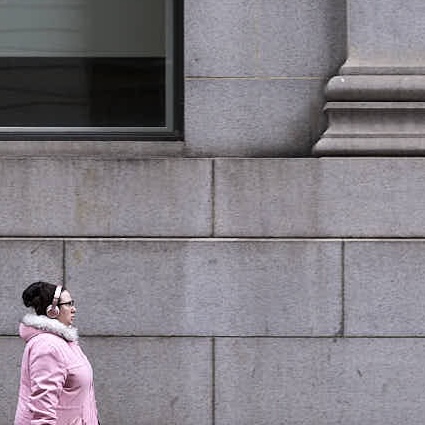
Pink Morning
She rounded the corner with a purpose. The insistent cadence of her steps — slap slap slap slap — echoed off the buildings as she marched up the street. Was she heading somewhere or leaving something behind? Or just out for an early Sunday walk, wearing color-coordinated pink headphones, jacket, and flip flops? Whatever the backstory, she was a flash of color in the empty, grey streets.

Urban #231015. -
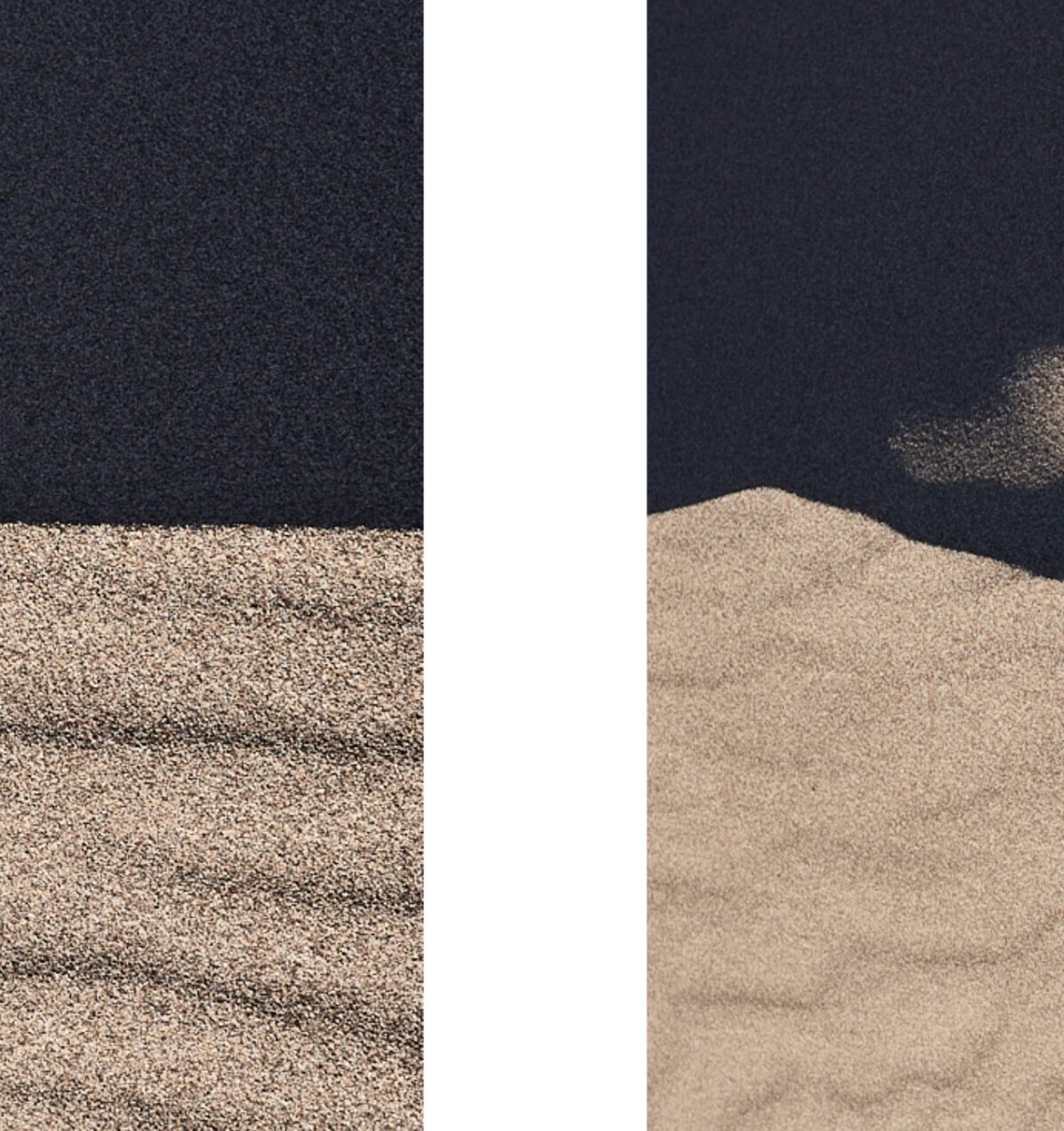
Series of Images
As I make more books and things (collections of postcards are in the works), I increasingly think of photos in series. I don’t deny the power of a single, amazing photograph, but there is a value in seeing photographs as part of a collection of related images. I have long appreciated the powerful work of Bernd and Hilla Becher. Series can be as short as a pair of photos, a diptych, or much longer series, such as 52/4.
From a recent trip to the Great Sand Dunes I have a number of nice, single photos as well as a number of photos that work well as short series. The images are fine on their own, but work really well as a triptych.
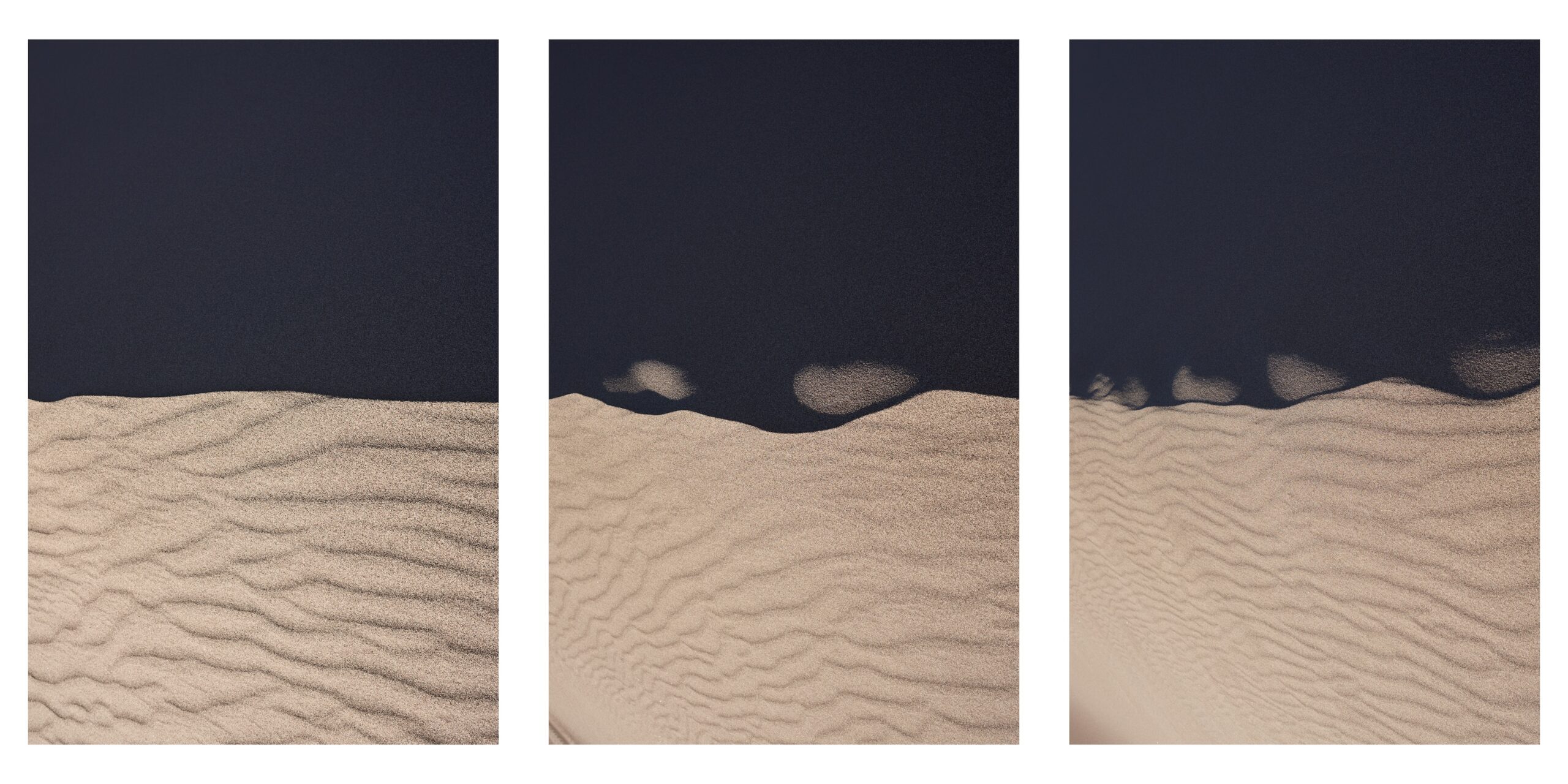
Landscape #230820. -

Schoenberg on Art
Arnold Schoenberg reportedly said:
If it is art it is not for all, and if it is for all it is not art.
This comment seems to call into question Karl Ove Knausgård’s link between challenging art and Protestantism, not because Schoenberg doesn’t agree that art is difficult but because Schoenberg clearly didn’t link art to Protestantism. Whether Schoenberg’s description of music, Calvino’s of literature, or Knausgård’s of photography, the idea that art is restricted to the enlightened few, the properly educated, the cultured, those with the luxury of time and money to appreciate it, explains why I don’t consider myself an artist.

Urban #231013.6. I create meaningless things, sometimes those are photographs, sometimes magazines, sometimes books. I create things I want to see in the world. Those things might be sufficiently layered to invite different interpretation, or not. It doesn’t matter. If nobody likes them. That’s ok. If everybody likes them. That’s ok too. It’s not like I’m trying to make art.
-
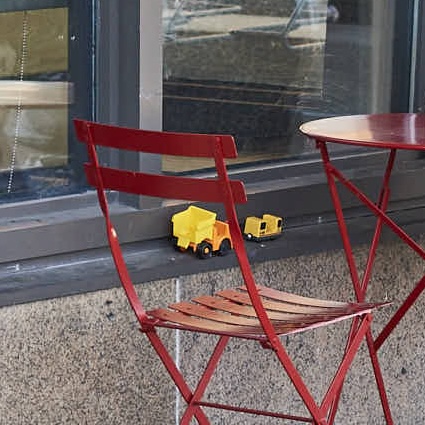
Yellow
The woman sitting at the table outside is the only person not consumed by a screen. She divides her time between a book on Chakra Healing and the tiny dog in her lap, which she has wrapped in a blanket despite the bright, warm day. She looks up eagerly when anybody approaches as if hoping to see an old friend after a long absence. A wide-brimmed hat casts a dark shadow across the top half of her face. Blue-tinted glasses hide her eyes. A large, leather bag lies open on the seat next to her. Conspicuous among the jumble of personal items is the bright yellow journal poking out of the top of the bag. What does she write in the journal? Notes from her Chakra Healing book? Thoughts on the young couple that stopped to pet her dog? Sketches of what she sees? Questions for the person watching her from inside the cafe? She takes the journal out, retrieves a pen, pushes her book to the far side of the table, and prepares to write. For a couple minutes she stares off into the distance, wondering perhaps what to write. Then she changes her mind, cuddles her dog, and returns both pen and journal to her bag. She also puts the Chakra Healing book into her bag. She scoops up her dog still wrapped in its blanket, grabs her bag, and walks down the narrow street.
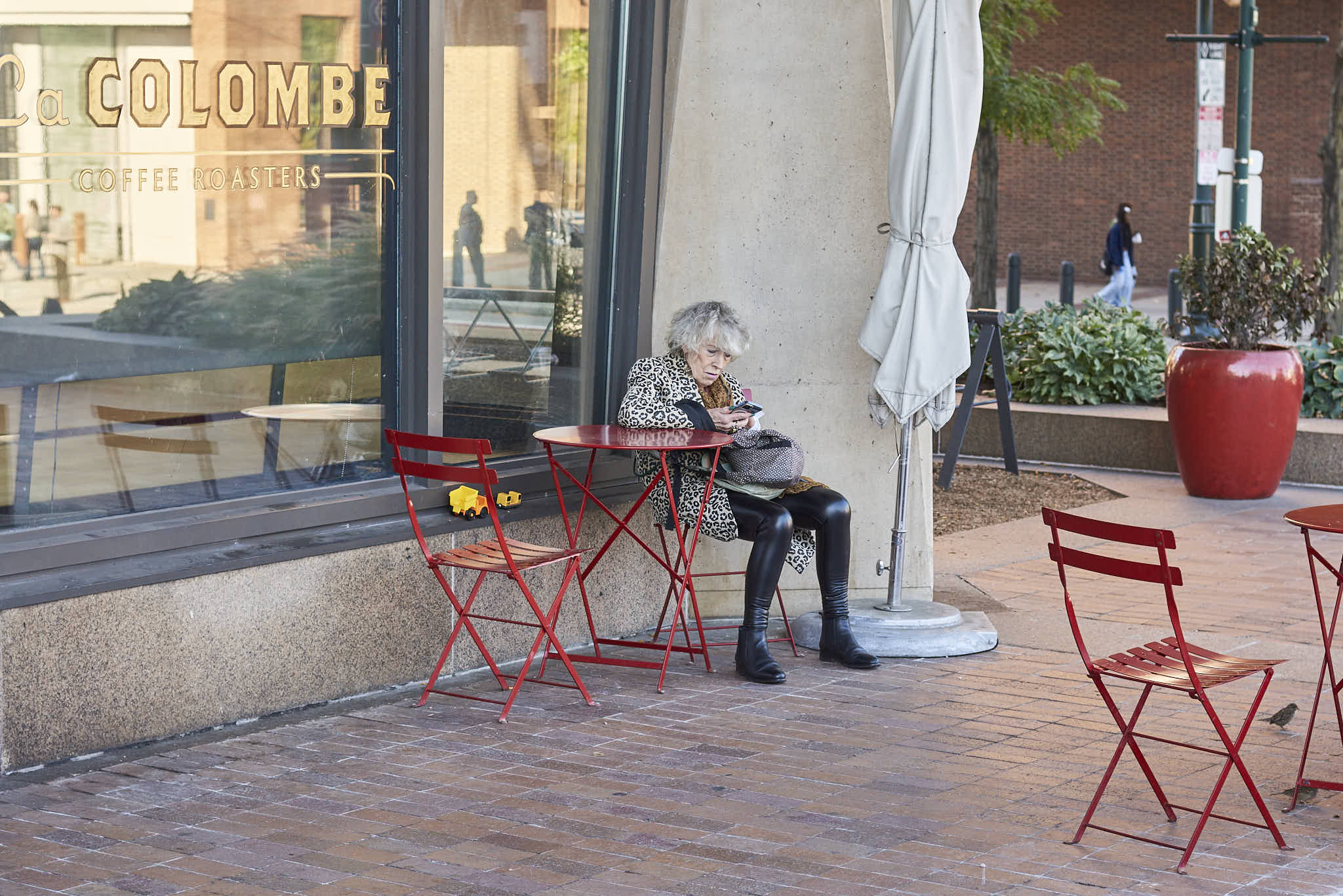
Urban #231013.5. A mile away, a different, slightly older woman slouches outside another coffee shop, next to two yellow plastic toy trucks she had carefully arranged on the ledge when she first sat down. She struggled with her phone, treating it more like a microphone than a telephone. Holding it in front of her, she would say loudly “I can’t hear you” and poke at the screen a few times. She would then quickly raise the phone to her ear and just as quickly pull it from her ear, saying once again to the screen, “I can’t hear you.” Her conversation continued like this for a surprisingly long time. Eventually, she stuffed her phone into her bag and wandered off, leaving the toy trucks on the ledge. I don’t know if she came back for them.
-
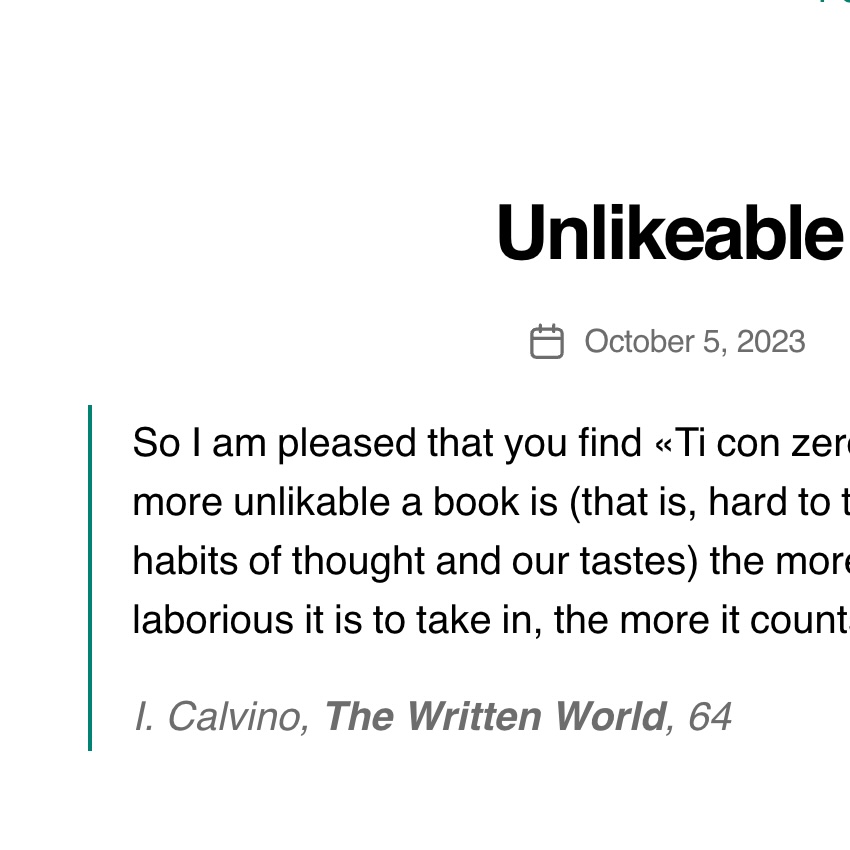
Unlikable
So I am pleased that you find «Ti con zero» “likable”; but the more unlikable a book is (that is, hard to take in, because of our habits of thought and our tastes) the more it counts; the more laborious it is to take in, the more it counts
I. Calvino, The Written World, 64
